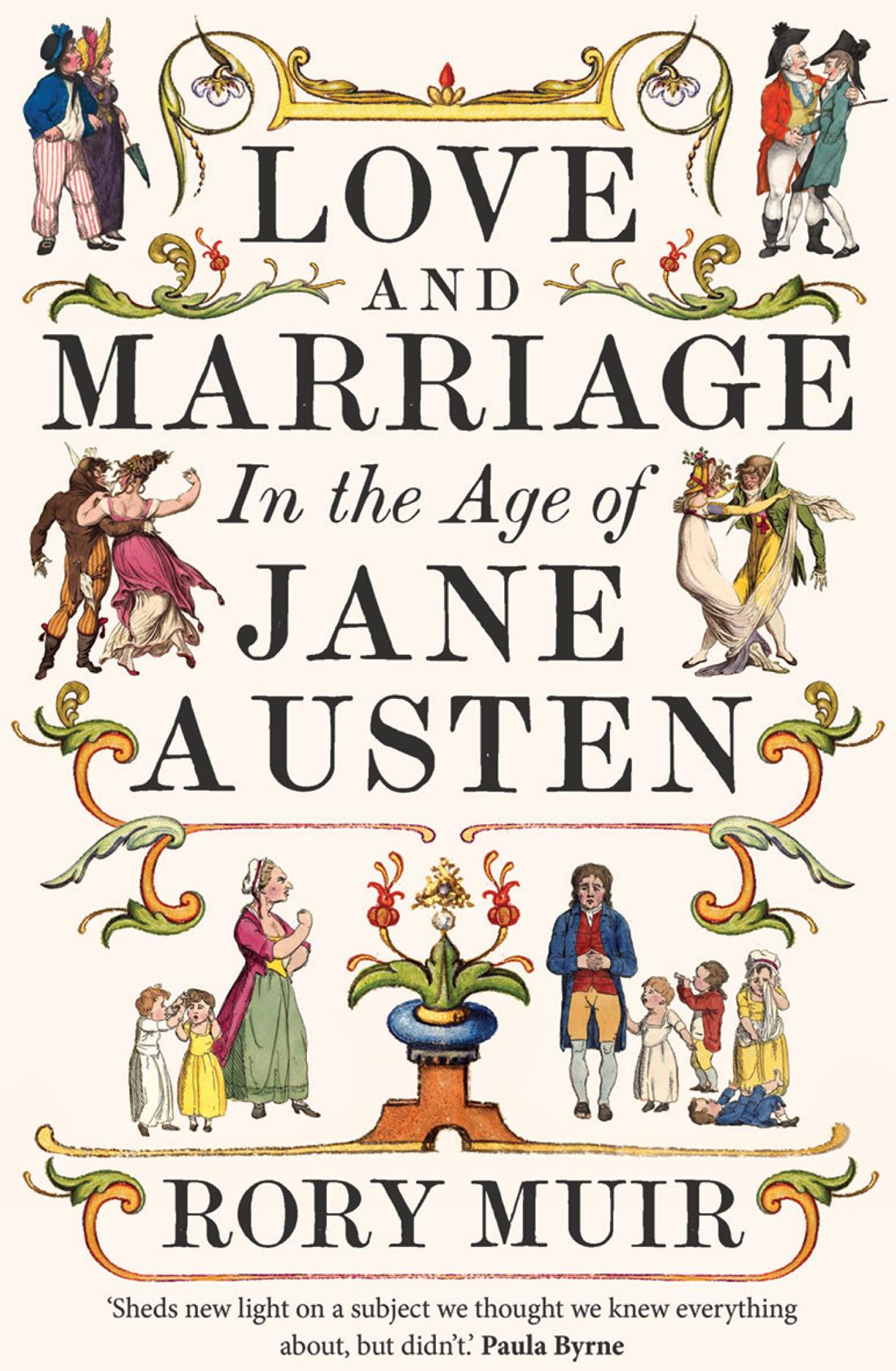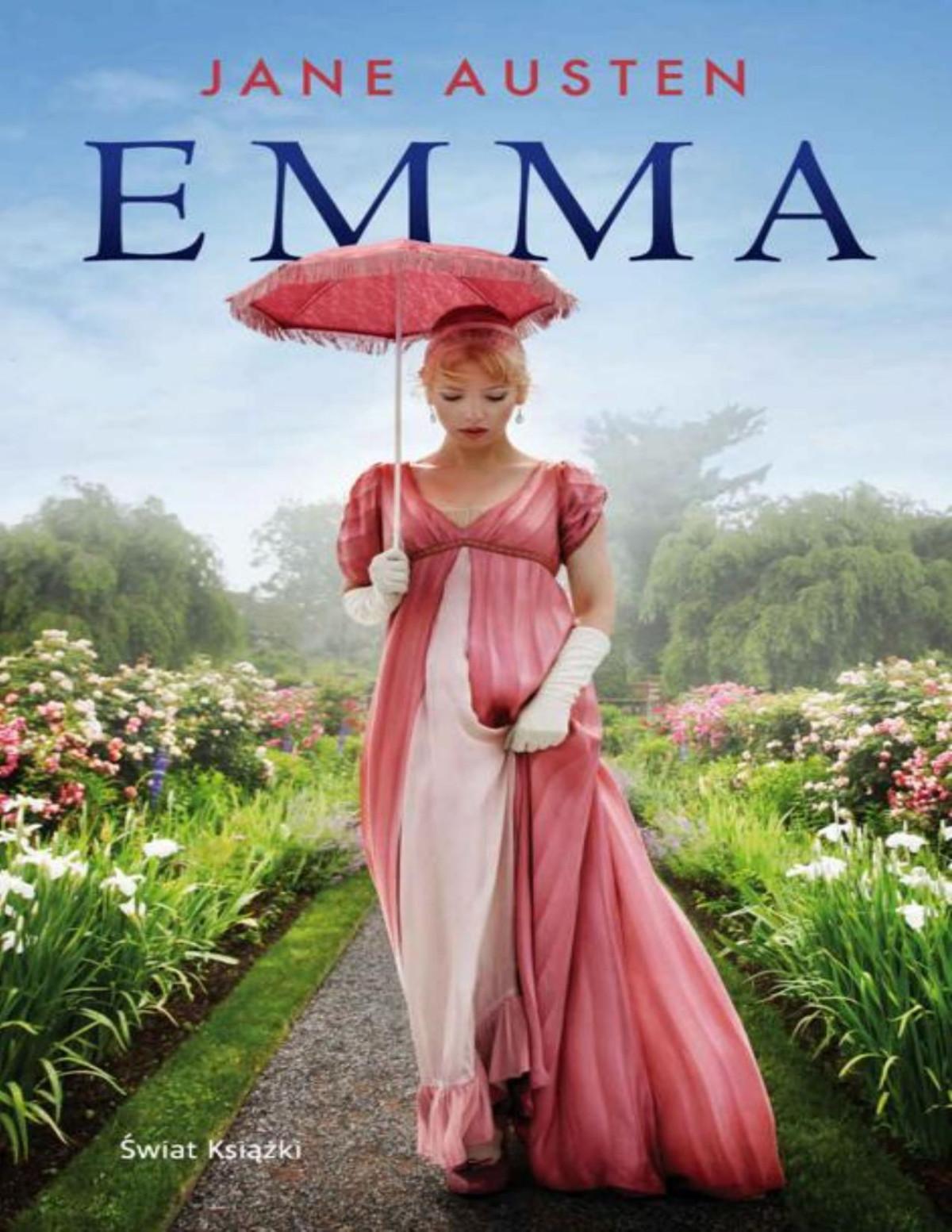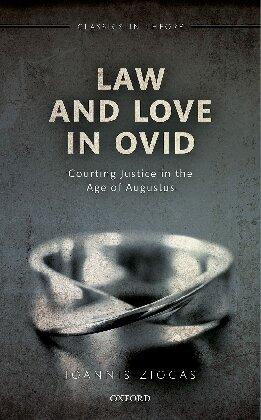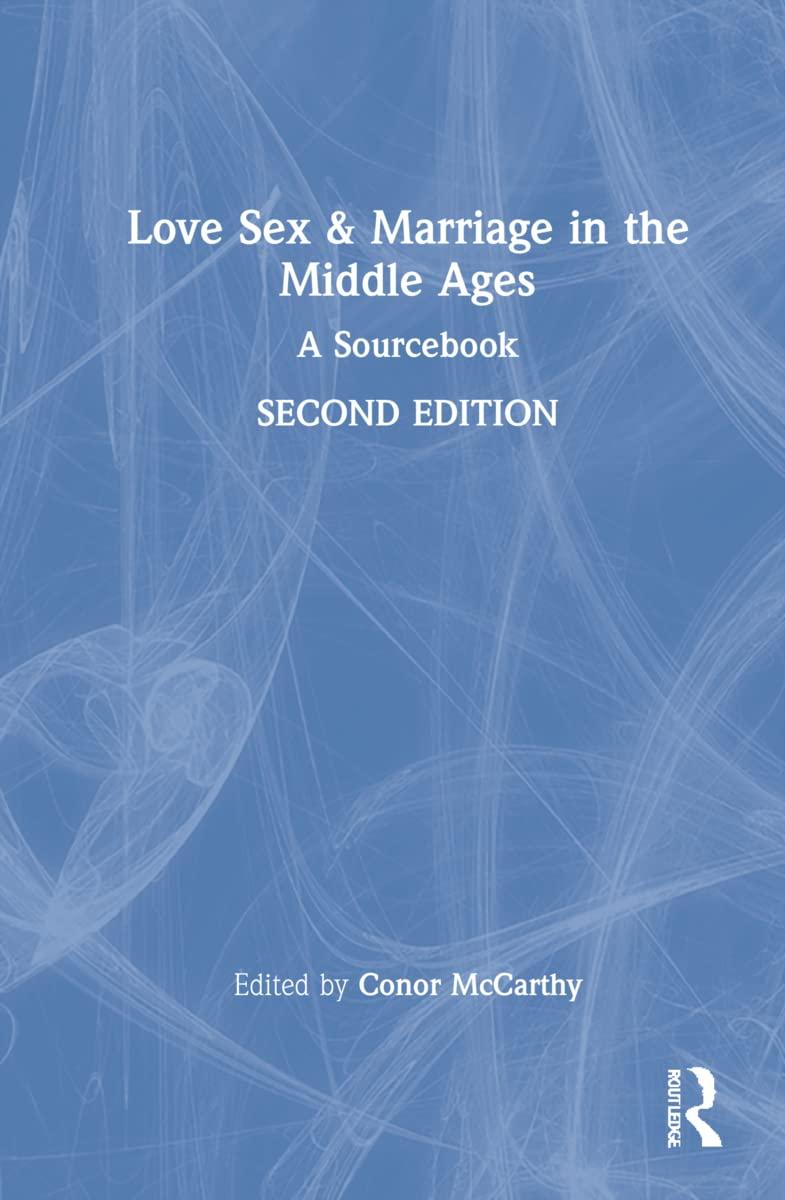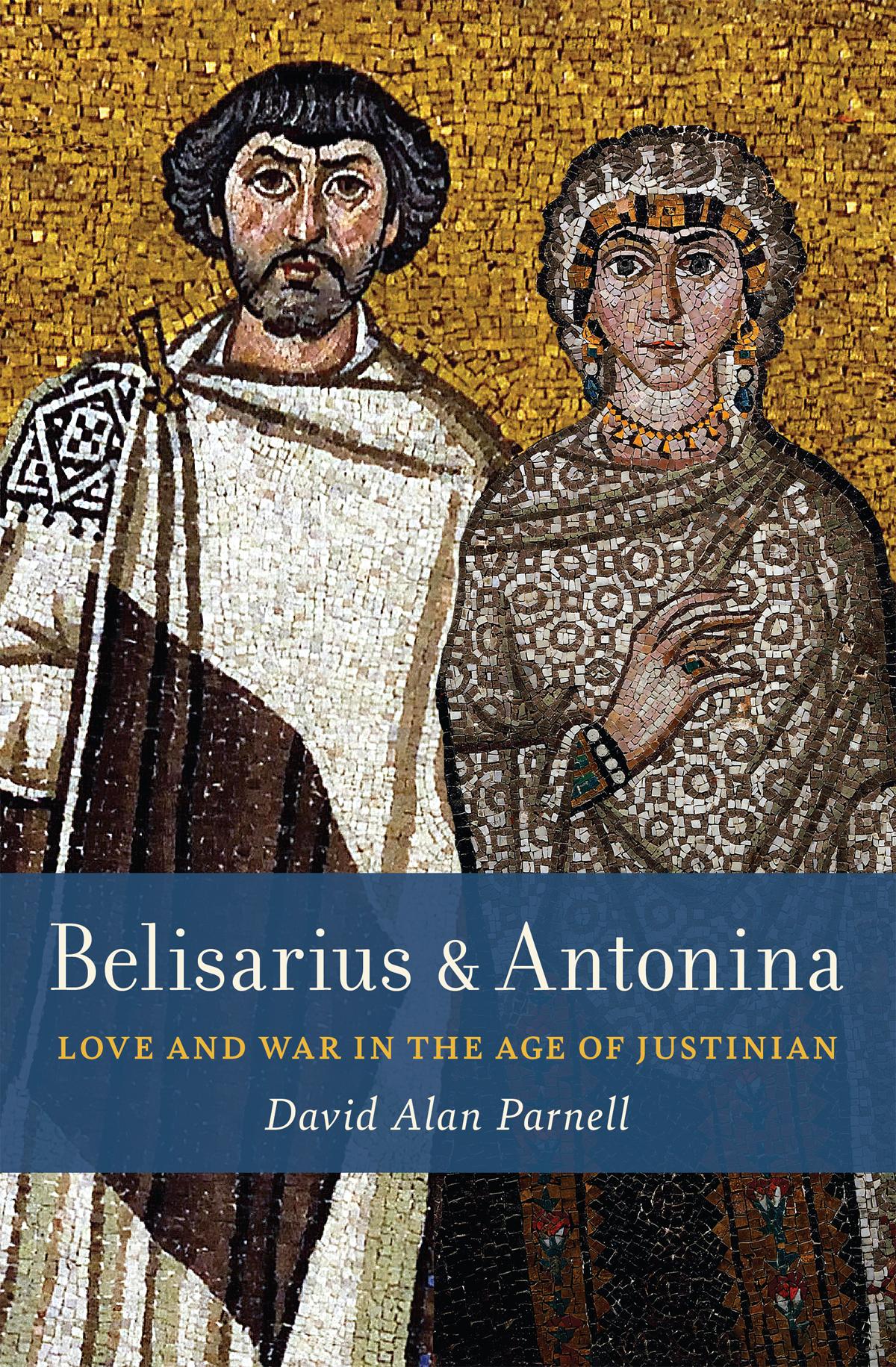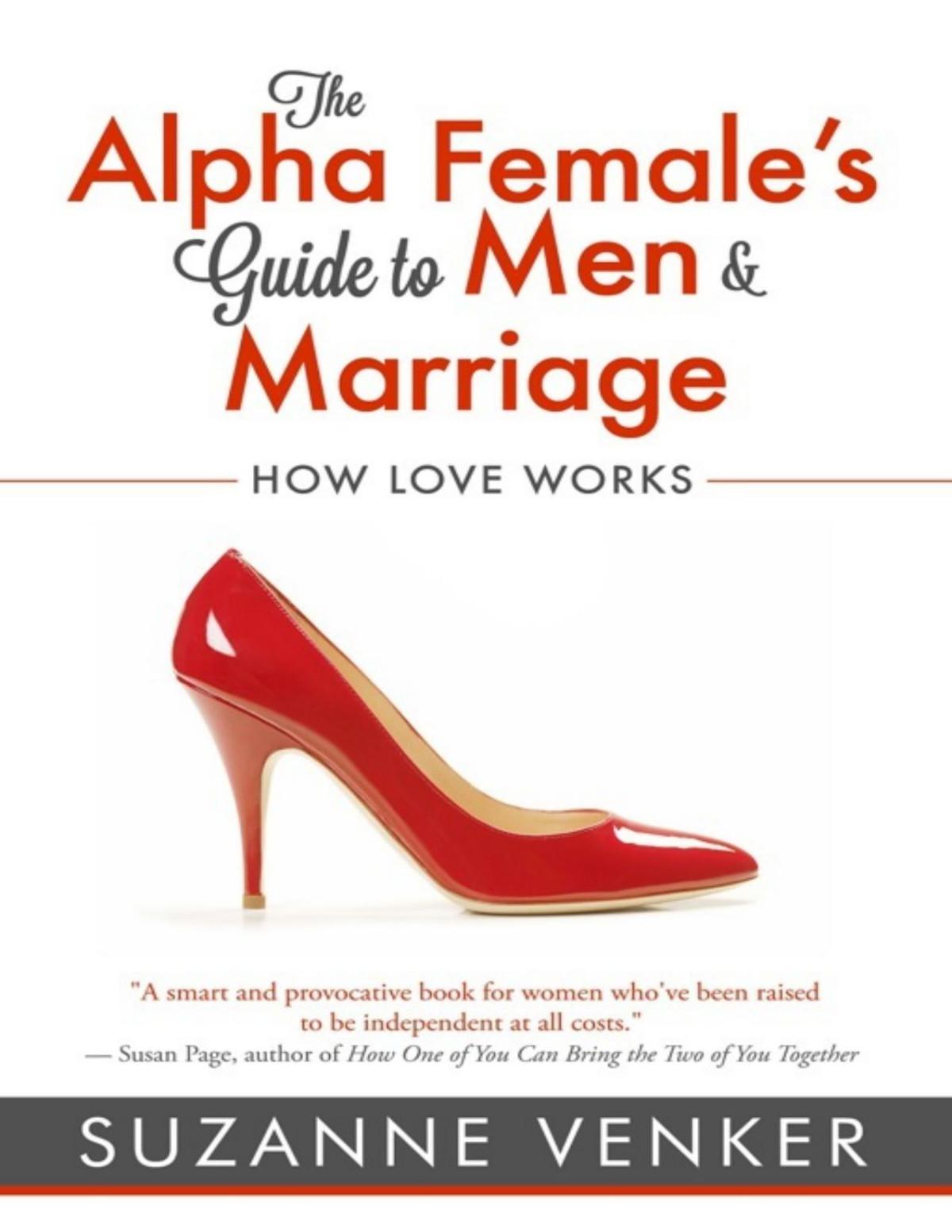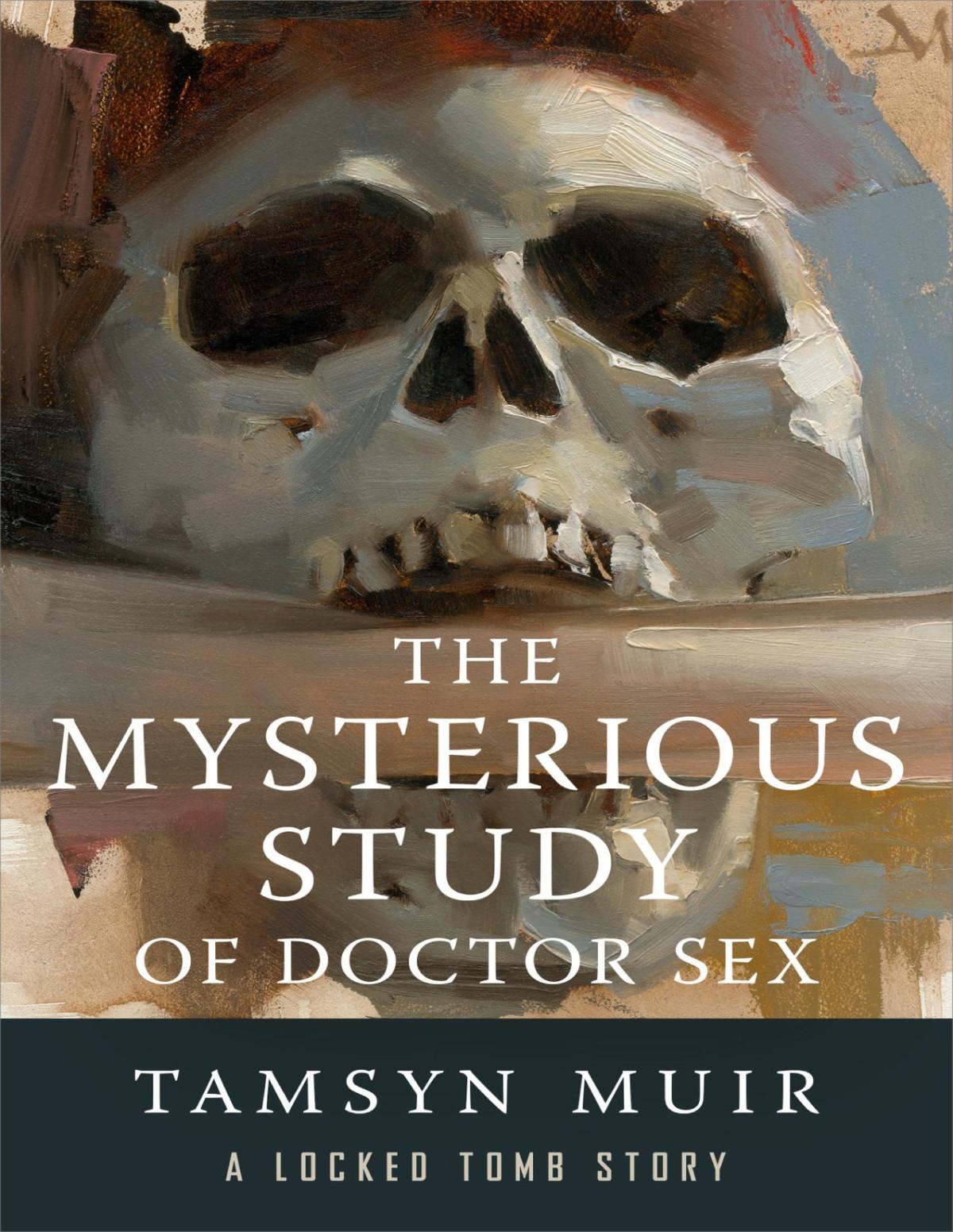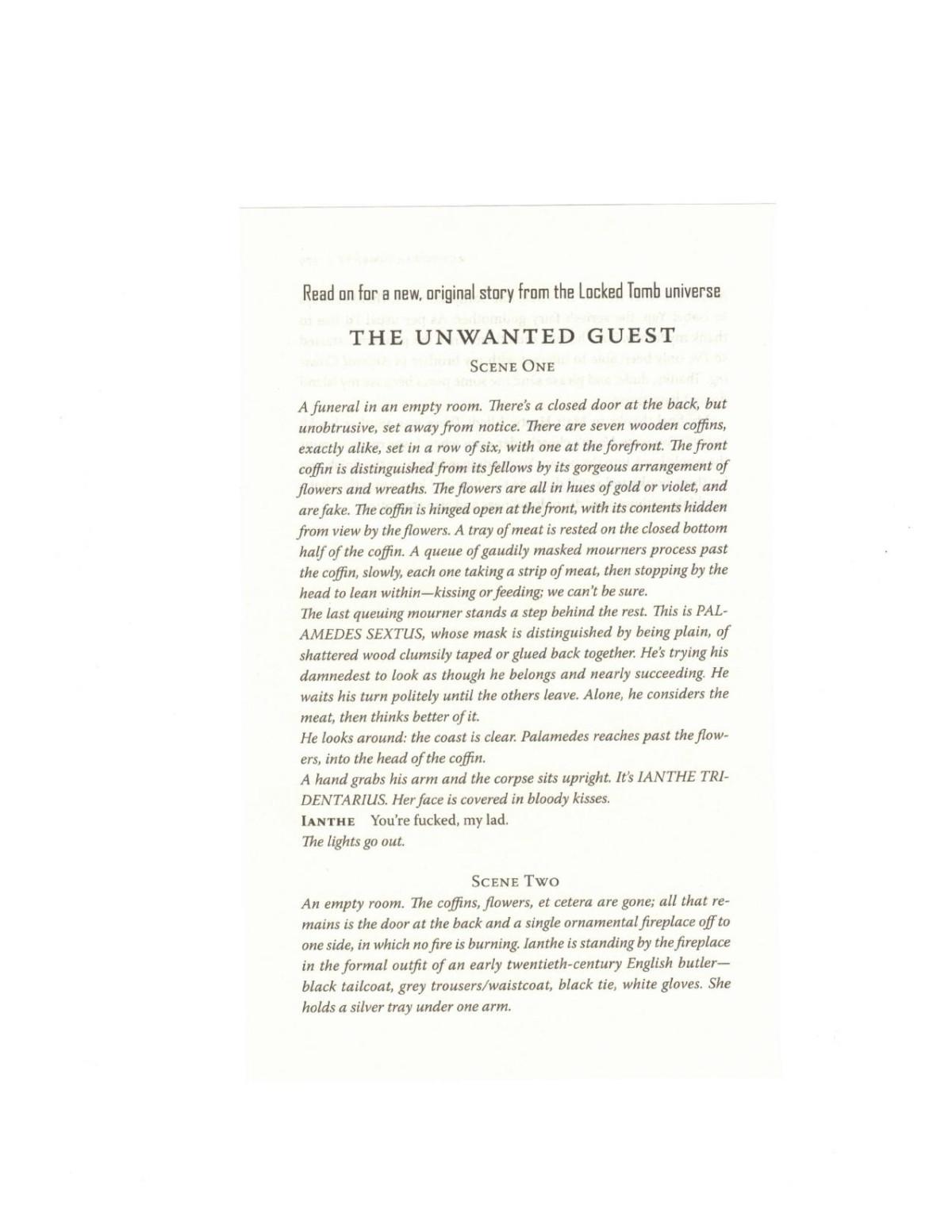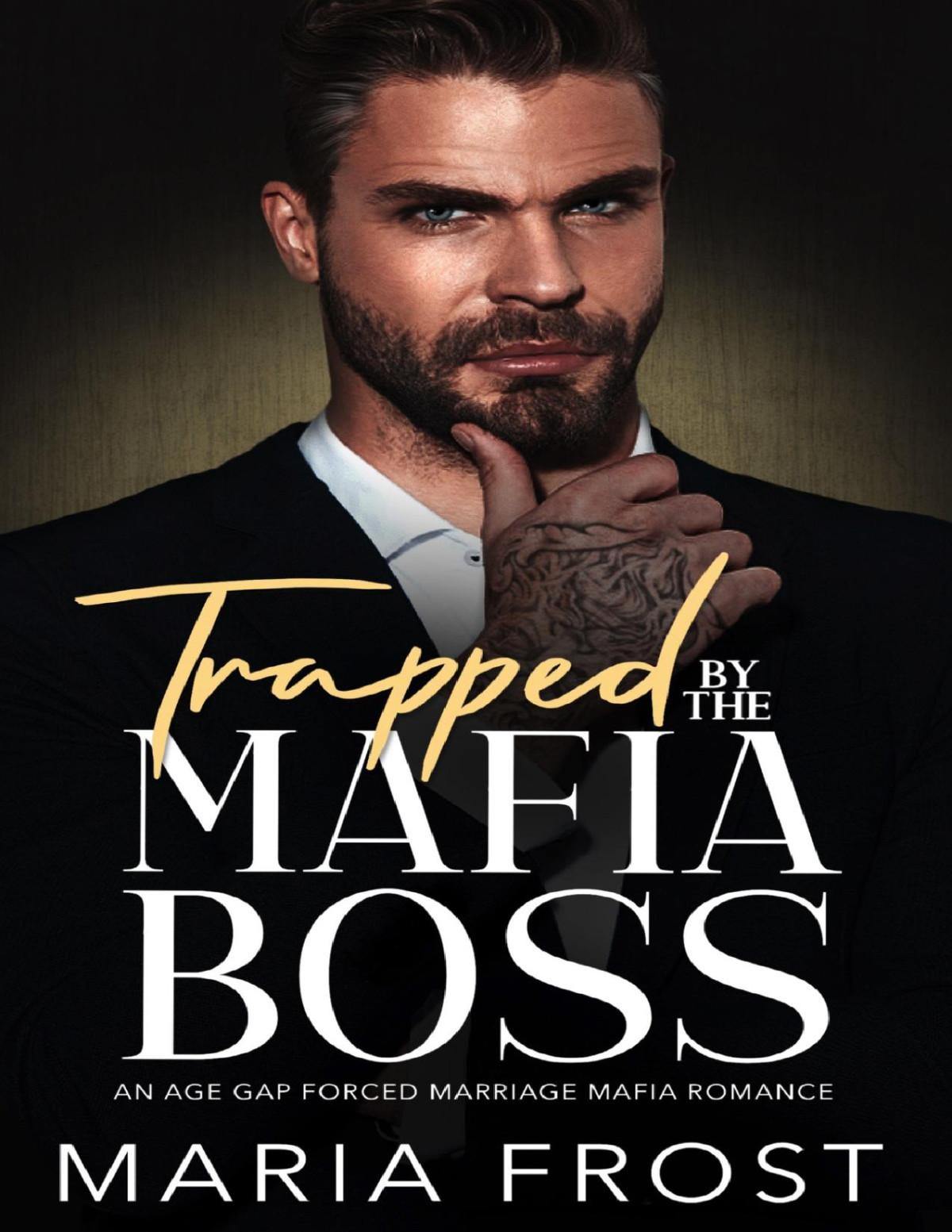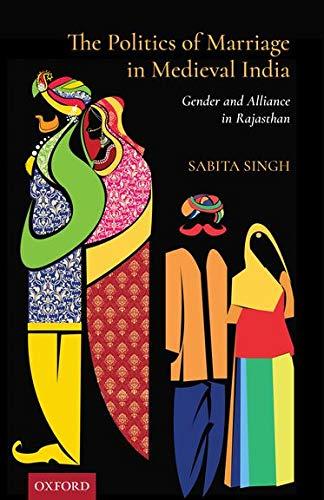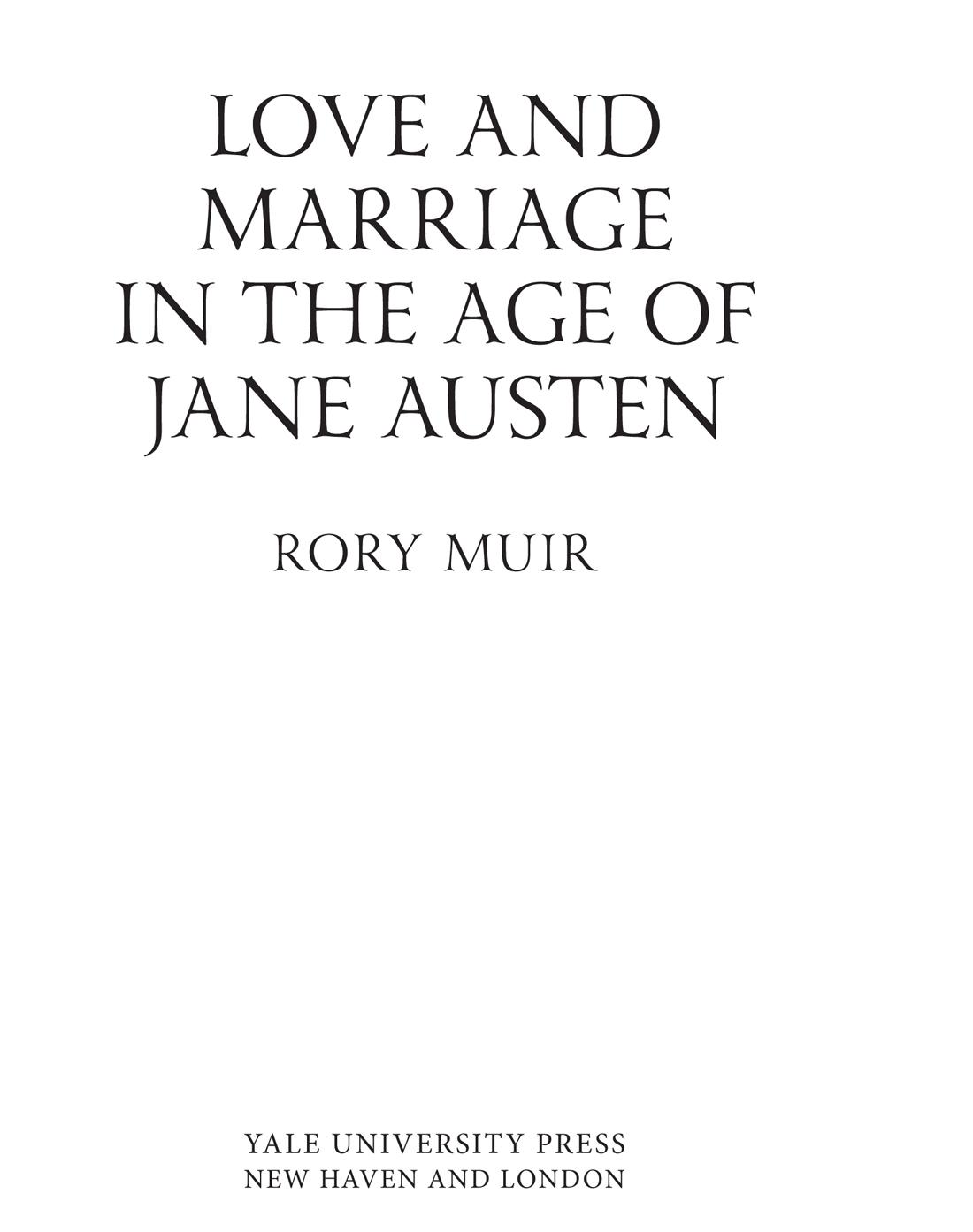PREFACE
A FEW MONTHS AFTER Pride and Prejudice was published Jane Austen visited her brother Henry in London. It was the spring of 1813 and among other pleasures of the capital the Austens went to an art exhibition at Spring Gardens, where Jane discovered a portrait that was ‘excessively like’ Jane Bennet, or rather, Jane Bingley as she had become. ‘Mrs Bingley’s is exactly herself, size, shaped face, features & sweetness; there was never a greater likeness. She is dressed in a white gown, with green ornaments, which convinces me of what I always supposed, that green was a favourite colour with her.’ The author resolved to look for a portrait of Elizabeth, Mrs Darcy, at the next exhibition they went to – ‘I dare say Mrs D. will be in Yellow.’ However, she was disappointed: nothing resembling a portrait of Mrs Darcy was to be found. Reflecting upon this, she was not really surprised: ‘I can only imagine that Mr D. prizes any Picture of her too much to like it should be exposed to the public eye. – I can imagine he wd. have that sort [of] feeling – that mixture of Love, Pride & Delicacy.’1 It is a rare glimpse of how she imagined the married life of any of her heroines.
Austen’s novels always end with the marriage of their principal protagonists, while the married couples whose lives they describe are more often comic than heroic. This was not uncommon for
novels of the period, many of which tell the story of a young woman’s entrance into the world, her courtship by rival suitors and culminate in her marriage to the right man. In this book I want to examine the excitements and disappointments of courtship, but to continue the story beyond the wedding to include the pains and pleasures of marriage. In doing so I draw principally on the records left by real people – including members of Jane Austen’s own family – and supplement them with material from the fiction of the time, which sometimes makes clear the secret thoughts and unspoken assumptions that people left out of their diaries and letters.
Like Austen’s novels my concern is with English men and women who were born in the second half of the eighteenth century and who reached adulthood just before or during the long wars against Revolutionary and Napoleonic France (1793–1815). This was the generation of Austen and her siblings, of Scott and Wordsworth, Wellington and Castlereagh; but generations overlap, and I include some members of an older generation, such as James Boswell and Emily, Duchess of Leinster, and some from a younger generation, including Lord and Lady Belgrave and Austen’s niece Fanny Knight. As this suggests, my examples come from the whole of the upper layers of society, from dukes to curates, anyone who might be plausibly regarded as a lady or a gentleman. And, like the upper classes as a whole, they were overwhelmingly white and Protestant, usually members of the Church of England, although some were Presbyterians and some were Catholics, and searching through family trees would probably reveal the occasional ancestor who came from India, Africa or the West Indies.
It is not my purpose to advance a single thesis or central argument, to claim that there were more or fewer happy marriages in this period than in any other or that marriage in the early nineteenth century was simpler or more complicated than it is today. It will come as a revelation to nobody to say that relations between husbands and wives at this time were unequal, or that eighteenthand nineteenth-century Britain was a patriarchal society. Rather, I aim to give a richly textured account of what courtship and marriage felt like for people of this class and time in all its variety, and with an
emphasis on the ordinary rather than the extraordinary, and to allow readers to make their own comparisons and draw their own conclusions. And, because marriage cannot be seen in isolation, I will also pay some attention to those people who did not marry, and to those whose marriage had ended with the death of their spouse, although these are large subjects which deserve full-length studies of their own.
This is primarily a study of heterosexual relationships and of love as it was felt between courting couples and husbands and wives. Homosexual relationships and heterosexual relationships outside marriage are touched upon but they are not the main focus, and our sources are too limited for me to discuss them in the depth that I would like. Equally, there are many other forms of love that fall largely or completely beyond the scope of this book: the love of parents for their children and children for their parents; of grandparents and grandchildren; aunts, uncles and other family members; the love between old friends; the love of God, of pets and even of favourite houses and estates – these were often as important, sometimes even more important, as the love for a spouse, but to include them here would make this work impractically long and too diffuse.
The history of courtship and marriage is not a new subject and it has been explored, both in fiction and non-fiction, ever since Austen’s day and, indeed, long before. Academic historians have taken a serious interest in it since at least the 1970s when the works of Lawrence Stone and others reached a wide audience and sparked a new excitement with social history broadly, and the history of the family in particular. However, most of these works covered a wide historical sweep (Stone’s first work in the field looked at England from 1500 to 1800, and this was not the most ambitious periodisation) and attempted to look at all classes and gradations of society. Too often the outlook and emotions of individuals either disappeared from sight or were roughly manhandled to fit an overarching argument, while some of the author’s own assumptions now appear surprisingly dated.
Research by subsequent historians, including Amanda Vickery, A.P.W. Malcomson, Katie Barclay, Sally Holloway and Leanne Calvert, has significantly advanced our understanding of courtship and marriage in the upper layers of British and Irish society in the eighteenth century, greatly modifying the arguments proposed by Stone. Meanwhile Hazel Jones has brought Jane Austen and her novels into the picture in her excellent and entertaining book Jane AustenandMarriage. I have learnt a great deal from all these works, but I approach the subject from a somewhat different angle, and I hope that this book will add to the picture they have drawn, raising fresh questions and contributing illumination rather than conflicting shadows. I have discussed these works and those of other historians in the field, as well as the primary sources that I have used, in the bibliographical essay at the end of the volume.
Because many individuals and couples appear repeatedly in different chapters of the book I have included a dramatispersonae of the most frequently mentioned figures at the back to remind readers who was who, while previous references can be traced through the index.
The origins of this book go back to my early and continuing love of Jane Austen’s novels and my interest in the society of her time, which coincided with my parallel interest in the military and political history of the wars against Napoleon. After spending more than thirty years studying the life of the Duke of Wellington and the role of the British government in the defeat of Napoleon, I turned my attention to the opportunities and difficulties facing younger sons of ‘good families’ who needed to pursue a career in this period, resulting in Gentlemen of Uncertain Fortune: How Younger Sons Made Their Way in Jane Austen’s England, which was published by Yale University Press in 2019. The present volume, which is similar in style, scope and method, is intended to complement Gentlemen of UncertainFortunewhile giving equal weight to both male and female perspectives. Certainly working on the younger sons has made me acutely aware of the financial difficulties facing many young men from professional, gentry and even aristocratic families, which often made it unwise for them to embark on matrimony until the first flush
of youth was a distant memory. Some were prudent and abstained; some were rash and married anyway, and, as we will see, each course could end well or badly. But that is just one thread among many, just as money is only one of the many possible ingredients that make or mar any relationship.
In writing this book I have greatly benefited from all the assistance I have been given over many years working on previous projects, and I would like to thank again all the archivists and librarians, historians and editors, who have so generously helped my research in the past. Some material deployed in these pages was collected many years ago when I came across it incidentally and felt that it was too interesting to ignore, while my understanding of many aspects of the period has been enriched by half-forgotten conversations with other historians sometimes long ago.
Throughout the period I spent working on this book I have been Visiting Research Fellow in the School of Humanities at the University of Adelaide, and I should express my gratitude to the University and in particular to the Barr Smith Library which has – as ever – greatly facilitated my research.
No one doing research into subjects related to Jane Austen need feel isolated, for there is a strong and enthusiastic community of scholars active in the field with the Jane Austen Societies of the UK, North America and Australia producing excellent journals and websites. I would particularly like to thank Gillian Dow, Emma Clery and Devoney Looser for their help and use this opportunity to acknowledge the extraordinary work of the late Deirdre Le Faye who uncovered so much new information about the lives of the Austen family and their associates through many generations. In October 2022 I was privileged to give a talk on ‘Those who did not marry: Spinsters and bachelors in Jane Austen’s England’ (based on chapter 8 of this book) to the Jane Austen Society of Adelaide, and I am most grateful to Barbara Baldock for organising this enjoyable and stimulating event.
I have always been struck by how friendly and generous the great majority of people undertaking serious historical research are, how willing to talk about their subject and assist others by
answering queries. In recent years this has frequently been manifested on Twitter, which is often the site for lively but courteous discussions of historical questions, for example the responses I received to a query about the presence of older spinsters in British high society, which I posted in May 2021. I would like to thank everyone who took part in this, and many other such discussions, over the last few years. Of course, there is a darker side to Twitter, and social media in general, and not everyone behaves well, but it would be unfortunate if such behaviour came to be regarded as typical.
I would also like to thank a number of archivists and others who answered my queries while I was working on this book. Elizabeth Finn and Lara Joffe of the Kent Archives supplied me with a copy of Fanny Knight’s letter to Miss Chapman, describing her coming out. John Coffey of the Wilberforce Diaries Project sent me a copy of Wilberforce’s diary entry describing his wedding. Professor Arthur Burns of the Georgian Papers Programme pointed me in the right direction to follow up a query about Sydney Smith, which in turn led me to the Sydney Smith Society and a helpful response from the Hon. Sec. Sydie Bones. My thanks are also due to Simone Baddeley of the Lincolnshire Archives for helping me chase up a reference to Fane family papers. Pamela Hunter, of Hoare’s Bank, sent me images of Cassandra Austen’s account ledger, and I had a most enjoyable and informative correspondence with Sharon Lefroy about Anna (Austen) Lefroy and her later life, which was rather less impoverished than I had supposed.
Many people are involved in the publication of a book, and my thanks are due to my agent, Bill Hamilton at A. M. Heath, and to all the staff at Yale University Press, particularly Julian Loose, Frazer Martin, Rachael Lonsdale, and Meg Pettit. Thanks also to Cecile Berbesi who proofread the text.
My old friend Ron McGuigan helped track down obscure information on a number of points, including the history of the 53rd Regiment, which confirmed Mrs Sherwood’s account of some of her adventures at sea; while another old friend, Tom Holmberg, alerted me to the story of Mary and William Buckland. Sheila Johnson
Kindred (biographer of Jane Austen’s sister-in-law, Fanny Palmer Austen), Jennifer Topham (Chairman of the Biggleswade History Society) and Mark Andrew Pardoe all helped in an ultimately unsuccessful attempt to trace the story of Sir John Warren’s impulsive proposal back to its original source. Nicholas Blake admirably answered my queries about pensions for the widows of naval officers. Rachel Bynoth shared some of her fascinating research into the Canning family papers, and Louise Carter kindly sent me an advanced copy of her essay on ‘Brothers in Arms?’
I would like to thank my old friends who have provided much general encouragement and support for this and for my previous books, notably Charles Esdaile, Christopher Woolgar, Howie Muir, Bob Burnham, Andrew Bamford and Zack White. Elaine Chalus has not only provided me with copies of her articles and much information about Betsey and Thomas Fremantle, but was also kind enough to read the script of the book and make some very useful comments drawing on her great expertise in the social history of eighteenth-and early-nineteenth-century Britain.
Another good friend, Jacqueline Reiter, provided me with a copy of her unpublished paper on the Countess of Chatham and her struggles with mental illness, while also reading this script and providing many shrewd and perceptive comments as well as much encouragement along the way.
I am, as always, immensely grateful for the love and support provided by my sister, Kathie Muir, and her partner, Anthony Psarros, and for their interest in my work.
And finally, fittingly, I wish to thank my deeply beloved and very talented wife Robin, without whose love and support I could not have written this book, and whose comments on reading various drafts have done so much to enhance it. Having spent the last few years reading and writing about marriages of Jane Austen’s time, I am more aware than ever how fortunate I am in my own.
CHAPTER ONE
MEETING
LIKE MANY YOUNG WOMEN of her time Jane Austen received very little formal education. At the age of seven she accompanied her older sister Cassandra and their cousin Jane Cooper to board with a teacher, Mrs Cawley, in Oxford, with whom they remained for just six months before both the Austen girls fell seriously ill and were brought home. Almost two years later they went to a proper boarding school at Reading where they remained for eighteen months. When Jane was about to turn eleven and Cassandra was not quite fourteen they returned home for good, receiving the remainder of their education from their parents along with their brothers. This home schooling was rich in literature, history and drama, together with French and music, along with more specifically female accomplishments such as sewing and drawing, rather than the Latin and Greek that their brothers studied. Many girls and younger boys would be taught by a governess, such as Miss Taylor in Emma, and although it was more common for boys than girls to be sent away to school, many still received their entire education at home.1
Girls generally left the schoolroom in their mid-teens – fourteen or fifteen seems to have been common – although they might continue some studies as well as acquiring accomplishments over the next couple of years under the supervision of their mother, often assisted by a dancing or music master. Boys commonly left school or home and proceeded to university when they were seventeen or eighteen, or began their training for a profession at a younger age: those destined to become naval officers were generally sent to sea at thirteen and fourteen, while budding attorneys and apothecarysurgeons were commonly apprenticed between the ages of twelve and fifteen. The Horse Guards required that an officer be at least sixteen years old when he purchased or was given his first commission as an officer in the army, although this rule had only been introduced in 1802 and even then was bent on occasion. Young men with less need to earn an income might spend a year or more on a grand tour of the Continent, or possibly study at Edinburgh rather than Oxford or Cambridge, which were the only universities then existing in England.
The quality of the education which both girls and boys received varied enormously: in some cases it was extremely superficial with an undue emphasis on social accomplishments for the girls and field sports such as hunting and horsemanship for the boys; while in other families intellectual pursuits were relished, and younger children absorbed both information and an appetite for learning as much from the conversation around them as from their formal studies. Both modern literature and the classics were expected to instil an understanding of the world and of the way people behaved. This, combined with the generally accepted tenets of the Anglican faith in which most children of Austen’s background were brought up, would, it was hoped, provide them with a moral core and code of values which would guide their behaviour throughout their lives. Looking back on her childhood, Frances, Lady Shelley, was grateful to the governess who had a passion for the stage and encouraged her to read and absorb many plays. ‘I have often since found the knowledge of men and manners thus acquired most useful. . . . Had I not then acquired some knowledge of the world, and of mankind,
how could I have steered unharmed through the trying scenes and difficulties of my early married life!’2
Nonetheless some young women envied their brothers, either for their instruction in Latin and Greek or for the freedom and independence they would be granted at university or travelling on the Continent. Although she was essentially quite conservative, the twenty-two-year-old Lady Sarah Spencer went further in writing to her younger brother in 1810:
I wish it was the fashion for young ladies to go and travel in the Mediterranean. Why shouldn’t I? I am sure most of the young gentlemen who do are much more helpless than any girl, and I am convinced we should manage quite as well, and perhaps n’en déplaise à vos hautes puissances [no offence to your high powers], ye lords of the creation, we might derive something more of knowledge and advantage from the journey than is common to the said young gentlemen.3
For young women the transition from child to adult was marked by several important rites of passage which we can trace in the experiences of Jane Austen’s niece, Fanny Knight. In June 1806, when Fanny was thirteen and a half years old, she was confirmed at Canterbury Cathedral in a ceremony with some 500 other young people. At the age of fourteen she ceased to have lessons with her governess and began to pay morning calls on neighbours with her mother and to join her parents for dessert when they had company: something which she disliked at first, feeling painfully self-conscious. She also began to receive an allowance, which presumably was meant to cover at least part of the cost of her clothes. In October 1808, when Fanny was a little short of sixteen years old, her mother died unexpectedly a fortnight after giving birth to her eleventh child. Fanny then, as the eldest daughter, assumed some responsibilities for managing the household. She ‘came out’ in 1811, when she was eighteen, along with her cousin Fanny Cage and two friends, Miss Plumptre and Miss Oxenden. They all went to the Ashford ball on 2 October, which Fanny enjoyed ‘very much – almost as much as the Races, which were indeed quite delightful’. They then moved on to Canterbury, where they stayed with Fanny’s uncle and aunt, George
and Harriet Moore (he was a wealthy clergyman, the son of the Archbishop of Canterbury, so he and his wife were perfectly placed to introduce the girls into Kentish society). The four girls dressed alike.
We wore white Crape Dresses trimmed with sattin ribbon & the Bodies [bodice] & sleeves spotted with white Beads, over Sattin Petticoats, the Thursday night, Pearl combs, necklaces, earrings & Broches. We had a hairdresser from Town for the Week, and were all four alike every night. Tuesday even[in]g we had sprigged muslin trimmed with Broad lace over sattin Slips, gold ornaments & flowers in our heads, & Friday we wore yellow gauze Dresses over Sattin, Beads in our heads and Pearl ornaments.4
Having been launched into society Fanny was free to dance and flirt, to take an interest in young men and even to receive proposals of marriage. For the daughters of the aristocracy, and young women who aspired to mix in the top flights of London society, there was a further step to take before they had completed their debut: their presentation at court. This was usually the subject of intense anxiety beforehand – both they and their mother, or other female patron, would be dressed in great finery – while the presentation itself often involved hours of waiting in stuffy crowded rooms before a brief and perfunctory introduction to the King, Queen, Princesses and possibly some of the Royal Dukes. However, neither Fanny nor her father had much taste for London or grand society, and she avoided the ordeal until 1835, when her husband’s acceptance of office in Peel’s shortlived government made it a necessity.5
It was not always clear whether a young woman had come out. Early in Mansfield Park Mary Crawford puzzles Edmund Bertram by asking him whether Fanny Price had come out yet or not? Fanny certainly dined with the family at home and with the Grants, but she had never been to a ball and her behaviour was conspicuously quiet and modest. Put on the spot, Edmund replied that ‘My cousin is grown up. She has the age and sense of a woman, but the outs and not outs are beyond me.’ While this testifies to Edmund’s esteem and affection for his cousin, his uncertainty – and that of an outsider like
Mary Crawford – is surely meant to imply some criticism of the Bertrams for neglecting to make such an important point clear, and, more broadly, for not giving Fanny’s position more thought and consideration. However, Sir Thomas ultimately makes amends by organising a ball at Mansfield to mark Fanny’s formal debut, something which he has not done even for his own daughters.6
For Fanny Price as, no doubt, for many young women facing their first ball, ‘she had too many agitations and fears to have half the enjoyment in anticipation which she ought to have had’. Her clothes, her dress and no doubt her appearance generally were the subject of much anxious contemplation, and she would have been much more alarmed had she realised that the ball was being given in her honour. Austen goes on to give a detailed account of the ball: the initial awkwardness as the early arrivals are greeted by Sir Thomas whose grandeur rather freezes the atmosphere; the immediate improvement when the Grants and Crawfords arrive with their ready ease and confidence; Fanny’s consternation when she is told by Sir Thomas that she must open the ball by leading the first dance, and how she is capably steered through it by Henry Crawford’s polished assurance; her growing enjoyment as she finds that she is generally admired and her hand sought after, and that she still has her two dances with Edmund to come as the crowning pleasure of the evening. ‘When her two dances with him were over, her inclination and strength for more were pretty well at an end; and Sir Thomas having seen her rather walk than dance down the shortening set, breathless and with her hand at her side, gave his orders for her sitting down entirely.’ By this point it is three o’clock in the morning, and soon afterwards Sir Thomas sends her to bed and she goes, not unwillingly, ‘creeping slowly up the principal staircase, pursued by the ceaseless country-dance, feverish with hopes and fears, soup and negus, sore-footed and fatigued, restless and agitated, yet feeling, in spite of every thing, that a ball was indeed delightful’.7
Fanny’s brother William greatly enjoys the ball, both the dancing for its own sake and seeing his sister’s success. He is nineteen, a year older than Fanny, still a midshipman but on the verge of being
made a lieutenant, ‘a young man of an open, pleasant countenance, and frank, unstudied, but feeling and respectful manners’, who has seen much of the world and talks of what he has seen with intelligence and spirit. Nonetheless he tells Fanny that if he were attending a public ball at Portsmouth: ‘I might not get a partner. The Portsmouth girls turn up their noses at any body who has not a commission. One might as well be nothing as a midshipman.’8 In part the contrast between Fanny, the belle of the ball, and William, the despised midshipman, is due to the social position and patronage of Sir Thomas Bertram, baronet and Member of Parliament: no one slights William at his uncle’s ball. But there is more to it than that. Once a young woman made her debut into society she was regarded as a finished article: a year or two of balls and country house visits might give her added assurance and poise, but only with a commensurate loss of freshness and naivety, and she was as likely to marry at eighteen as at twenty-two or any other age. But young men of eighteen were not generally regarded as ready for marriage; while even at twenty-two they were still seen as rather too young. Most young men, including some younger sons of aristocratic families, lacked a private fortune of any significance, and consequently could not responsibly contemplate marriage until they had sufficiently advanced in their profession to have an income that could support a wife and family. They were most unlikely to reach this point until they were in their mid-twenties at the very earliest: they were frequently much older. But even eldest sons, or those otherwise destined to inherit a comfortable fortune, were unlikely to marry until they were five or ten years older than their sisters were when they had done so. In most marriages the husband was some years older than the wife – something which is still true in contemporary western societies, if not to the same extent –although whether this was primarily due to the preferences of men, or of women, or of both, is debatable.9
Certainly society in the early nineteenth century expected that a young man embarking on matrimony would have rather greater experience and knowledge of the world than his bride. His education
was likely to have lasted longer and included either some time at a university or training for a profession. Not all those who went to Oxford or Cambridge at the time were particularly studious or interested in intellectual pursuits – John Thorpe in NorthangerAbbey was a well-recognised type – but even those who neglected their books might pick up a good deal about the manners of society. And manners were a very important part of the intangible signs that defined a gentleman, as Sir Walter Scott made clear in describing his hero in St Ronan’s Well: ‘he bore, in his aspect, that ease and composure of manner, equally void of awkwardness and affectation, which is said emphatically to mark the gentleman’. Admiral Peter Rainier, commanding the East India station in 1805, wrote a letter of advice to his twenty-one-year-old nephew, a lieutenant in the navy, urging him to take full advantage of the opportunity to socialise with Lady William Bentinck, the wife of the Governor of Madras, so as to lessen the ‘clownish awkwardness . . . [to] which Young Gentlemen of our profession are so particularly liable’ on first being introduced into the ‘enlivening society’ of ladies. And he went on to encourage the young man to learn to dance, ‘never mind from whom. . . . You may both learn and improve in it by dancing with the young officers on the Quarterdeck’, assuring him that many good dancers had learnt in this fashion.10
Young men might also gain sexual experience in these years, whether from prostitutes, landlady’s daughters, shop girls or a regularly established mistress. Not all did so, and for some of those who did it was a matter of furtive and unsatisfying fumbling in alleyways or squalid rooms that left them conscience stricken and possibly with a nasty venereal infection. Others spent a few years indulging in drinking, whoring and gambling to the full extent that their pay or their allowance, their credit, their friends and their health would permit. When Thomas Fremantle, a naval officer in his early twenties, spent a year in London with his brother Jack in 1788, he described his life in letters to their younger brother William:
We spend our time much in the same way as when I wrote you last. Jack and a party of us gave a Whores ball at the Barracks a few nights ago. I
was as you may imagine much diverted and entertained, they danced better than any Modest Woman I ever saw, we were just 10 compleat [sic] Couple and kept it up till very late. Jack goes on just as he used to do, that is to say living fast but I cannot say I am a bit better, neither do I think it is possible to live regular in this precious town. I confess I feel more for him than for myself as my constitution etc. is in so much better repair.
And a little later he reported that, ‘I am now in possession of the Girl I mentioned I was so much in Love with. She is kept in great Stile by a d––––d fool, and I now contrive to have as much pleasant f–––g as I can lay my sides to without it costing me a farthing.’ A couple of years later the recipient of these letters, William Fremantle, together with his friend Arthur Wesley, the future Duke of Wellington, was fined £10 and bound over to keep the peace after a brawl in what was probably a Dublin brothel.11 Such exploits were hardly regarded as creditable outside the circle of the young bucks themselves, but they were widely accepted as a common, if not inevitable, phase that some young men went through, and which most then put behind them.
Once a young woman had come out there was a variety of settings in which she might meet potential suitors. The most obvious was at home, where she would meet the friends of her parents and their children. The local circle of half-a-dozen gentry and professional families in a rural neighbourhood provided the immediate society for many members of the upper classes, and a very natural source of marriage partners.12 The position would be similar in market and cathedral towns, and to some extent even in cities, where families would often mix with a regular network of friends and associates. In these cases couples were likely to have known each other since childhood, while the background and character of both parties and their families were well known, minimising the risk of unpleasant surprises. In some cases the prospective groom would be
established in the district already, either pursuing a respectable profession, such as clergyman or attorney, or having already inherited the family estate from his father. Otherwise he might have been away for some years, at sea, in the army, or even just at university or travelling, and would return with an air of worldly experience and enough sophistication to impress a naïve seventeenyear-old who might always have rather admired him.
This familiar circle would be enlivened by friends and relatives who visited them. Tom Lefroy, who was Jane Austen’s dancing partner in 1796, was the nephew of the Rev. and Mrs Lefroy, close friends of the Austens, and visited them while studying in London. Nothing could be more natural than a romance in such circumstances, and while the individual was not well known, his local connections could testify to his circumstances and – perhaps to a lesser extent – to his character. The friends of siblings and the siblings of friends were also a ready source of potential partners in this way. School or university friends would be invited to pay a visit and might catch the eye of a sibling, or a visit to a friend might lead to an acquaintance with one of their circle. Here, too, the stranger benefited from a personal recommendation, although young people were not always acute judges of such matters, as is suggested by James Morland’s misplaced praise of his friend John Thorpe in NorthangerAbbey.13
Strangers might also arrive in a district unconnected to any of the resident families. They might be gentlemen of independent means, such as Mr Bingley or Admiral Croft, renting a country house for a season or two in order to see if they liked that part of the county; or professional men entering in a district to pursue their career: the Rev. Mr Elton’s appearance in Highbury, for example. The generation-long war with France at the turn of the century resulted in a steady circulation of young gentlemen around the country as regiments of the regular army and the full-time militia were posted to different counties, and naval officers looked for quarters on land between spells of employment. Mr Wickham and the other officers of the ––––shire Militia appear in Meryton in this way in Pride and
Prejudice, while in Persuasion Anne Elliot first makes the acquaintance of Captain Wentworth when he visits his clergyman brother during a spell ashore.
Friends and neighbours met each other through morning calls, private dinners, attendance at church and a variety of other everyday activities, such as a walk in the country, an encounter at the local shops or a meeting of the hunt. If the local town had a circulating library it was an excellent place for an encounter, whether by chance or contrived. The regular routine would be punctuated by rather more exciting but still very local events: a picnic at a nearby beauty spot such as Box Hill, an invitation to view or take part in private theatricals, or a hastily arranged dance at home to which just a few close friends were invited. More memorable occasions included a private ball given on a larger scale, such as that organised by Sir Thomas Bertram for Fanny Price’s coming out, while regular public balls were held in many moderate-sized towns such as Ashford and Canterbury. Public balls often coincided with other festivities, including the assizes, a race meeting or a fair which drew in people from around the district as well as many visitors. There were also semi-public events such as the ball held at the Crown Inn at Highbury, where the open-handed distribution of invitations by Mr Weston made it much less exclusive than Emma had anticipated.
Balls were an excellent opportunity for young men and women to meet, widening their circle of acquaintance and so giving them greater choice in prospective marriage partners, while also giving them a standard against which to judge the members of the opposite sex whom they already knew. But they also brought the risk of making undesirable acquaintances. This was not just the danger of falling in love with an unsuitable person; once social recognition was granted on the dance floor, it might be difficult to revert to more distant behaviour on discovering someone’s lack of status, especially if they were determined to pursue the connection. At a private ball such as Sir Thomas Bertram’s, there was some hope that the host would not invite anyone too disreputable, and the guests were likely to be drawn from overlapping circles – both geographic and social – so that an anxious parent might easily be
able to discover the identity and circumstances of the young man who was dancing with their daughter. Public balls were naturally less select, although the outright hoi polloi could still generally be excluded, except perhaps for the occasional audacious and attractive milliner’s assistant. Such public balls usually had stewards, one of whose tasks was to introduce young people, although they sometimes neglected their duties. For example, at the Hertford ball in 1816, Mrs Calvert was incensed when Mr Brand, a steward known personally to her, ignored her and her daughter while introducing partners to everyone else. ‘There we sat solitary. Captain Byron whispered to Walter that it was a crying shame to see her, the prettiest girl in the room, sitting by, and did he think she would stand up with him? Walter advised him to try, and accordingly she did. But not in a hurry shall I forgive Mr. Brand or Lord Cranbourne . . . for not asking her, and I came home completely disgruntled, and she looked so particularly well.’14
In London, during the season – which was not yet as clearly defined and formalised as it became later in the nineteenth century – the calendar was crowded with social events, both public and private, at which a debutante might attract notice. Of course, the size and prestige of London society meant that competition was fierce: to be beautiful, rich, well connected, confident and charming was scarcely enough to secure success, while ordinary mortals might lose heart at being passed over. Yet many young women, and young men too, seem to have taken it in their stride, especially those who, from their family connections, had every reason to feel at home. The role of the London season as a national marriage market for the elite was widely recognised, if also frequently criticised. In 1789 John Byng wrote of the Duchess of Ancaster that ‘my Lady D[uche]ss (like other Ladies), fancys that London is the only Place for a Girl to get a Husband in, and her daughter is of the same opinion’. On the other hand, a generation later, Susan Fox-Strangways declared: ‘I think a little of the world [i.e. spending time in London] is a good thing for young ladies to see before they make their choice. It corrects
romantic ideas, so natural or pleasant in youth, but anything romantic, or even elevated sentiments, are not of the present day.’15
The whole system of bringing girls out into society and marrying them off at an early age was often criticised by contemporaries from a variety of perspectives. Mary Wollstonecraft asked rhetorically: ‘What can be more indelicate than a girl’s coming out in the fashionable world? Which, in other words, is to bring to market a marriageable miss, whose person is taken from one public place to another, richly caparisoned.’16 George Lamb wrote some verses describing the position of young ladies in the London season in 1807 which include the lines:
And every candid female here allows How hard a Misses life, who seeks a spouse, At Operas, plays, and routs we never fail, Put up, alas! to everlasting sale.17
And in 1798 a ladies’ magazine printed a fictitious letter purportedly from a young lady:
My papa and mamma have been trying for the last three years to match me, and have for that purpose carried me from our country seat to London, from London to Brighton, from Brighton to Bath, and from Bath to Cheltenham, where I now am, backwards and forwards, till the family carriage is almost worn out, and one of the horses is become blind, and another lame, without my having more than a nibble, for I have never yet been able to hook my fish. I begin to be afraid that there is something wrong in their manner of baiting for a husband or in mine of laying in the line to catch him.18
However, we should be cautious about accepting such comments at face value: they were written to shock, amuse or make a point, and while some young ladies were all too aware of the importance of using their brief moment in the sun to make a good marriage, many others were more sceptical or reserved, neither closing their minds to the possibility of marriage, nor determined to accept the first halfreasonable offer that came their way. Most people did not go to a ball, or any other social event, with the hope of falling in love or finding a spouse at the forefront of their mind. For many, dancing
was a pleasure in its own right, as the eager excitement of sixteenyear-old Eugenia Wynne makes clear: ‘Doctor Harness remained with us for dinner. He told us that General de Burgh is to give a Ball for the new year day. These words make my heart beat as if it would jump out of my breast. Beat for anxiety, wish, fear. I wish to go, I fear not to be asked, and if I am asked to stay at home, then I hope, then I fear again, and can think of nothing else. God forgive me if it be a sin.’ The following day her journal records an anxious conference with her older sister Betsy ‘about the gown cap sash shoes we want to wear’, although the overriding anxiety remained whether or not they would be invited. Happily these fears were laid to rest two days later when ‘a herald on horseback (Captain Wyndham)’ arrived bearing their invitation. ‘How great was my pleasure I cannot express.’ Her anxiety shifted to the state of the weather, prompted by heavy rain on the evening preceding the longed-for ball. Fortunately all went well: ‘we danced a great deal and amused ourselves very much . . . The Ball consisted of 300 persons it lasted till three o’clock in the morning, after which we . . . returned home very tired.’19
Twenty-year-old Lady Sarah Spencer was a little more conscious of matrimonial possibilities, but they still lacked urgency and had yet to find a particular focus.
Mrs. Robinson’s was a large, good ball. I danced four dances, the two first with Mr. Robinson, Althorp’s friend and a very good partner; and the two last with Lord Percy, who, being to be one day the Duke of Northumberland, is of course, the best partner in London, by the unanimous consent of all the young ladies, who agree that he is the most charming, interesting, bewitching, fascinating youth that ever trod with the light fantastic toe the chalked floor of any ballroom in Europe since the days of his ancestor Hotspur, who I dare say was reckoned just as delightful by the high-minded, long-waisted dames of Henry the Fourth’s Court. Whether I agree with them is another question; certain it is that I am as yet perfectly heart-whole and quite happy. We ate a very good supper, and then came home about three.20
It was only when a young woman had been ‘out’ for a number of years, and was in her middle or even late twenties, that she might
become anxious at a lack of suitors and look to the future with apprehension. Jane Austen gives us two excellent fictional examples of women in this position: Charlotte Lucas in PrideandPrejudiceand Elizabeth Elliot in Persuasion, and it is worth noting that Charlotte was twenty-seven and Elizabeth twenty-nine.
Thirteen years had seen [Elizabeth] mistress of Kellynch Hall, presiding and directing with a self-possession and decision which could never have given the idea of her being younger than she was. For thirteen years had she been doing the honours, and laying down domestic law at home, and leading the way to the chaise and four, and walking immediately after Lady Russell out of all the drawing-rooms and dining-rooms in the country. Thirteen winters’ revolving frosts had seen her opening every ball of credit which a scanty neighbourhood afforded; and thirteen springs shewn their blossoms, as she travelled up to London with her father, for a few weeks annual enjoyment of the great world. She had the remembrance of all this; she had the consciousness of being nine-and-twenty, to give her some regrets and some apprehensions. She was fully satisfied of being still quite as handsome as ever; but she felt her approach to the years of danger, and would have rejoiced to be certain of being properly solicited by baronet-blood within the next twelvemonth or two. Then might she again take up the book of books [the Baronetage] with as much enjoyment as in her early youth; but now she liked it not. Always to be presented with the date of her own birth, and see no marriage follow but that of a youngest sister, made the book an evil; and more than once, when her father had left it open on the table near her, had she closed it, with averted eyes, and pushed it away.21
Outside the bounds of fiction we find that many single women, even those in their late twenties and older, were by no means ready to accept any proposal that was made to them. We know that Jane Austen herself refused an offer from a younger man whom she liked and knew well when she was just a fortnight shy of turning twentyseven; and the thirty-three-year-old Frances Poole took a great deal of persuading before she would accept Lord Palmerston’s proposal, telling him plainly: ‘I was fond of my liberty, happy at home and had never met with that sort of character and disposition that could make me the least inclined to give up those advantages I enjoyed and knew the value of, and to marry as an affair of worldly convenience I ever abhorred the thoughts of, and I knew just
